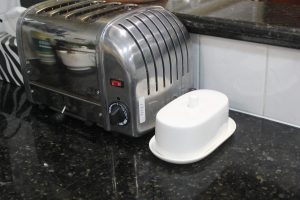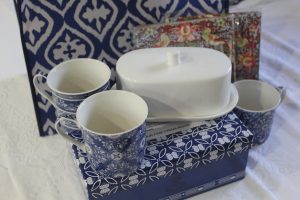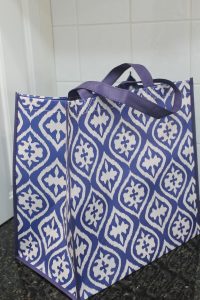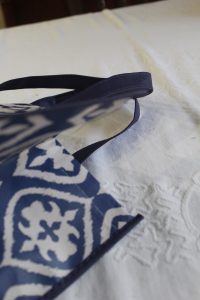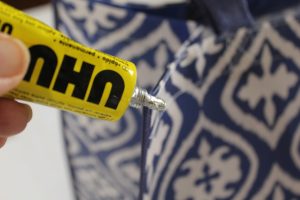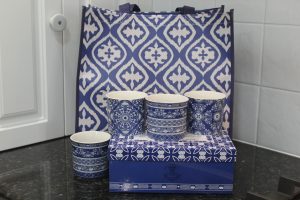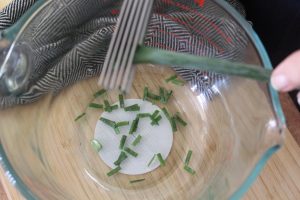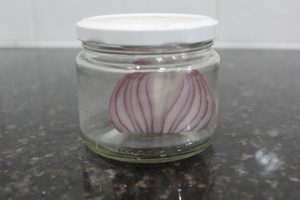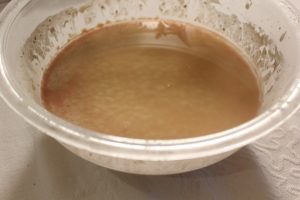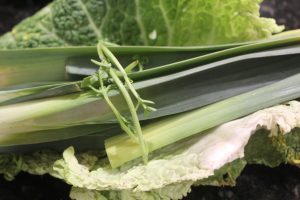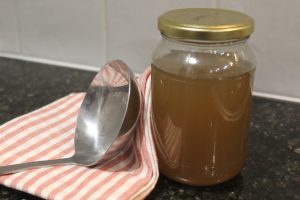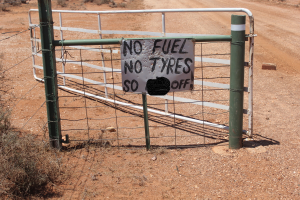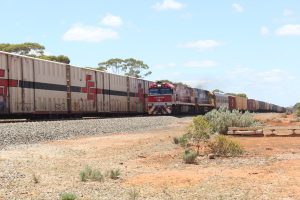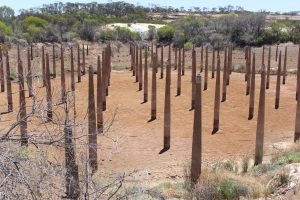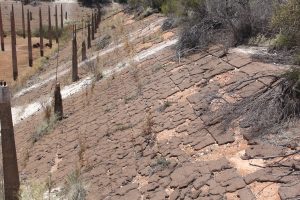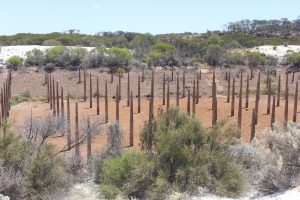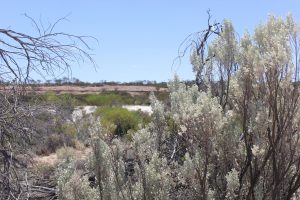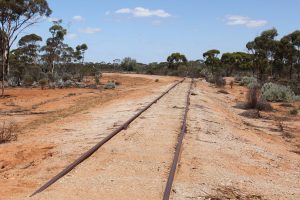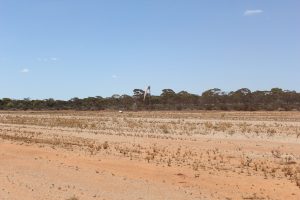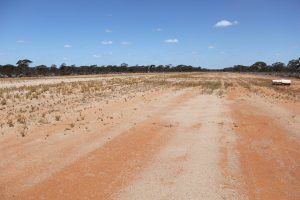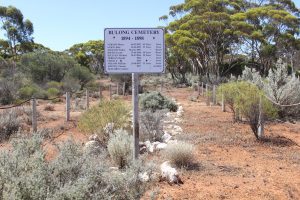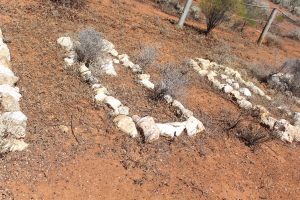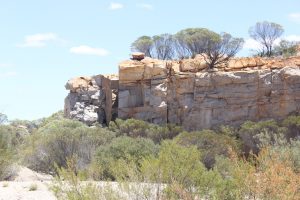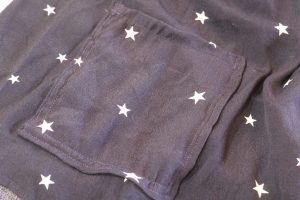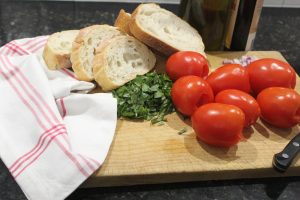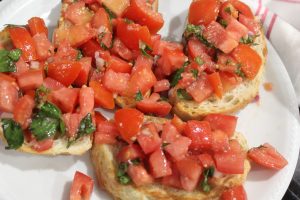artistic occupations
Enjoyed two workshops this week. The first was marbling, using Japanese inks. Like other marbling, the inks are drizzled onto water, then stirred to distribute the colours and make patterns. I do this at home to make front and back inside covers for my journals. I’ll also use the pages I made at the workshop in my journals. Interesting to watch how other people created patterns. Fun afternoon!
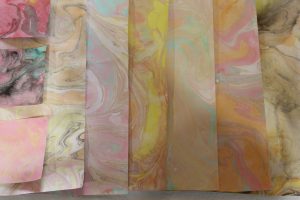

The second workshop was making a collage. I’ve always liked Matisse’s collages in bold, bright colours and simple lines but I’ve never really tried to do it myself. Collage involves cutting shapes from coloured paper and gluing, stitching or otherwise attaching them to the backing sheet to create a picture. We were directed to pick one of artist Sally Bower’s artworks from her exhibition on display and recreate it using coloured papers.
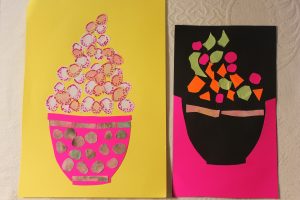

Good exercise to make you really look at artwork. We were then instructed to used the leftover, negative pieces to create another piece. Although I probably wont do many collages, I did enjoy this evening, both for the inspiration and the company.
cooking dinner
One night we had slow cooked, slightly smoky beef for dinner and decided we wanted more slow cooked, meaty dinners. Too many salads! So my husband donned his mesh butchering glove and I began gathering the ingredients for slow cooker Beef Bourguignon (here) Should I include a trigger warning for vegetarians? Very meaty!
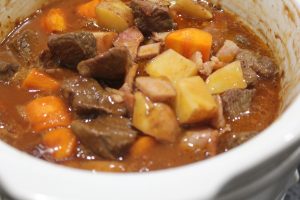

This is a wonderful dinner. You don’t need to use the very best beef as cooking it slowly results in fall apart, delicious meat. I made double the usual amount and cooked it in a slow cooker. It took five and a half hours.
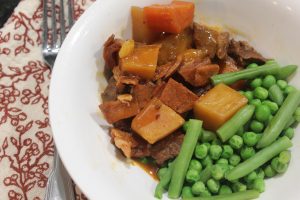

Dinner for two nights in a row with different added vegetables and the rest went into the freezer.
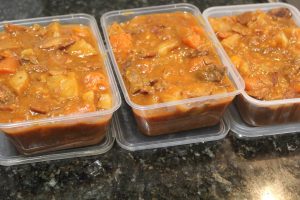

Recycled food containers. They stack well in the freezer with little wasted space.
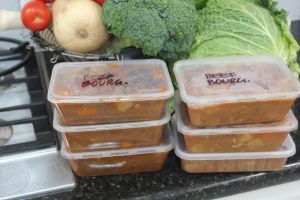

It’s actually better to label the containers using stickers, but I just wrote on the lids this time.
\ 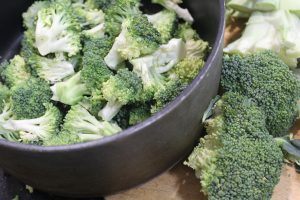

Fresh head of broccoli and a little leftover beef, sliced very thinly, and lovely broccoli and beef for dinner one night, too.
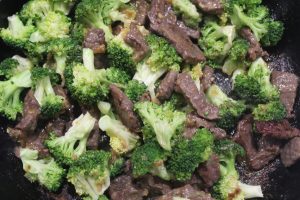

sourdough starter and LEFTOVER BREAD
I like to eat rye sourdough bread so I make it regularly. To save time, I started making two loaves at a time, then three loaves. The starter obviously felt neglected. Then we went away for 10 days leaving the unfed starter in the fridge. Back home and keen to make bread. The starter smelt like beer. I fed it and put it on the table where it got warmth from the sun, waiting for it to bubble. It didn’t. It was exhausted.
Following the instructions on this blog, Feasting At Home (here) I began a new starter. Sourdough starter , called ‘wild yeast’ is a mix of flour and water plus yeast from the air. It grows and is fed, over and over until it doubles in size. It took six days and was very easy to grow. Half a cup of the starter is fed flour and water every day until at the end, it doubles in size. The leftover starter is called ‘discard’ but I didn’t want to throw out the frothy mix! I’m aiming for minimal food waste.
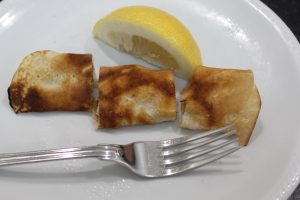

A quick look online revealed so many recipes based on sourdough discard. There’s recipes for scones, pancakes, tortillas, biscuits, waffles and even pretzels. I made pancakes. While they cooked my husband went out the back for fresh lemons. So, delicious pancakes, with a sprinkle of sugar and a squeeze of lemon juice for a breakfast. It was good! And every time I feed the starter I will have enough ‘discard’ to make something else.
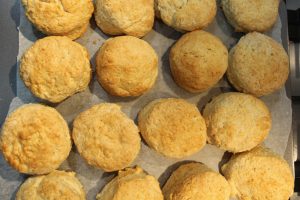

The next lot of discard became scones. I followed a recipe by someone who claims to descend from scone royalty and they did taste nice, but were a faff to make. I usually make scones by rubbing butter into flour, adding milk and a pinch of salt, kneading, cutting, baking. The recipe in this case had a few stages and also had sugar. I never put sugar in plain scones! Interestingly, this scone maker kept emphasizing the need to feed the sourdough starter every week, even if you weren’t using it. Lesson learnt!
leftover bread
What to do with leftover bread? I’m trying to avoid food waste. Bread, especially, seems to get dry before we’ve finished the loaf. The easiest thing is to dry it in the oven when your baking something else, then blitz it to make breadcrumbs. Similarly, cube the leftovers and make croutons! More a winter thing than a summer thing in Perth when the only soups eaten are cold but you can add them to a Caesar salad. There’s an Italian summer salad using dry bread, too.
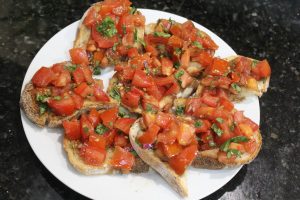

To make croutons, cube stale bread, toss lightly in olive oil and seasoning with chopped up garlic and bake, spread on baking paper, until the cubes are browned and crunchy. Panzanelia Salad, a traditional Tuscan salad is a mix of stale torn up pieces of bread with chopped up tomatoes, some cucumber, red onion and lots of basil all mixed together with a generous splash of extra virgin olive oil and a splash of balsamic vinegar. (This is optional)
Did you know modelling predicts it takes 559 years for a disposable nappy to decompose?

